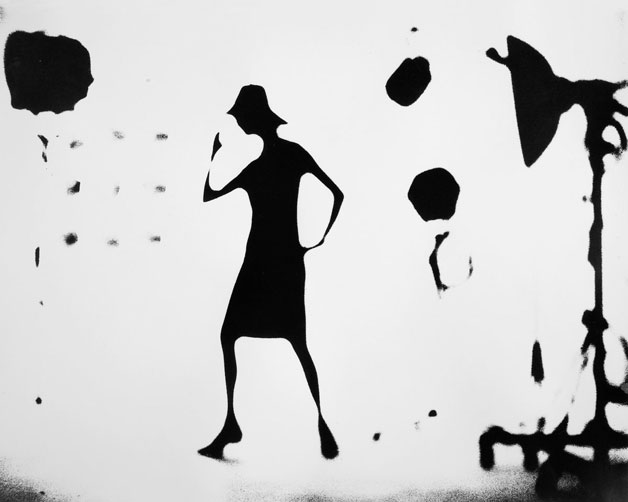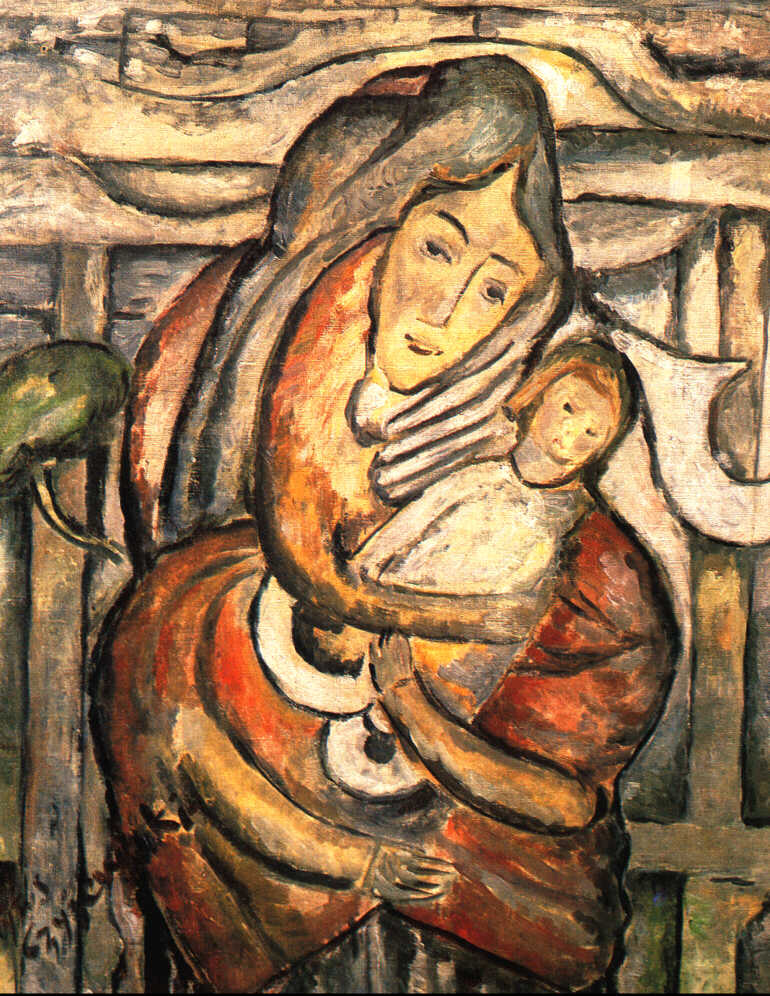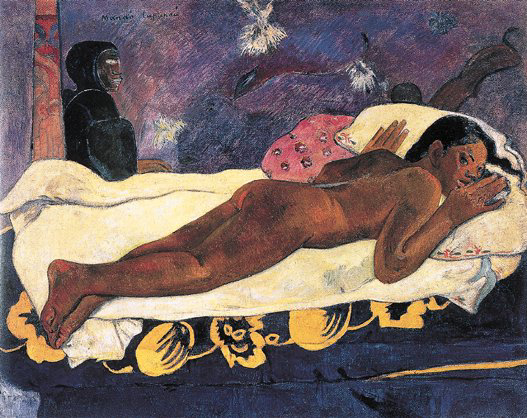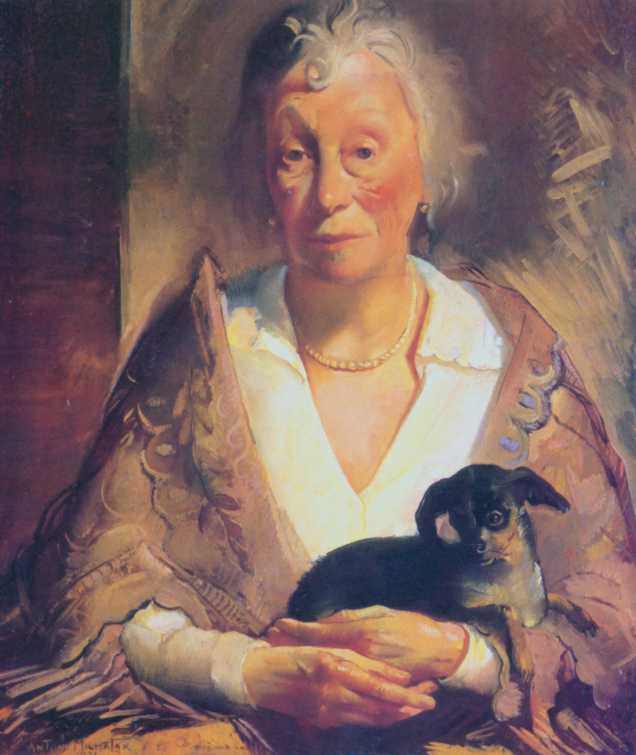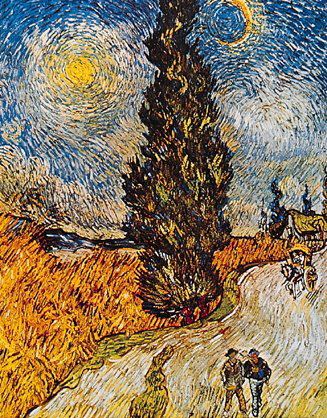 DIVISIONAL INVOICE
DIVISIONAL INVOICE
1. Many people, insensitive to the effects of harmony, colors and lights, he saw in the technique of neo-impressionists only a way. This method, which ensures the achievement of the desired results thanks to the purity of the color elements, their proper dosing and perfect blending in the viewer's eye, does not have to rely on a point invoice, as they generally imagine it; you can apply any shape brush strokes, if only clearly, without rubbing and with dimensions proportional to the size of the image: —Any shape, because the strokes of the brush are not intended to create an object illusion, but to portray a variety of color elements; - clearly, to allow them to be dosed; - without wiping, to ensure color purity; - with dimensions proportional to the image format and of equal size after that, that at the normal distance from the image, mixing the separated color spots in the eye of the viewer is easy and creates the desired color.
How else can one record the exact interplay and contact of opposing color elements?: for example, the amount of red, what the shadow of a green object is colored by, the impact of amber light on the local blue color i, the other way round, a blue shade to the local orange color?… If these hostile elements are juxtaposed other than by optical mixing, joining them will lead to a muddy color, if you rub the stains on top of each other - they become dirty, if they are placed side by side, even clean, but of an undefined shape - the dosage cannot be precisely determined and one of the color elements will always prevail to the detriment of others. Such an invoice has this additional advantage, that it provides each colored ingredient with maximum intensity and full bloom. […]
3. The comma texture of the Impressionists plays an expressive role in certain situations, similar to the stroke of a brush with Delacroix; for example then, when it imitates the form of an object - a leaf, wave, blades of grass, etc.; but in other cases, similar to the divisionist invoice (the split key) neo-impressionists, it shows only colored elements, separated and placed next to each other yes, so that they can blend in in the viewer's eye. It is clear it is indeed, that when the impressionist wants to paint uniform and flat objects - blue «; sky, white underwear, one-color paper, act, etc.. - and if it recreates them with multi-colored commas, it is the sole purpose of these brush strokes to enliven the surface of objects by multiplying color elements, not a desire to imitate nature. The impressionistic comma is therefore a transition from the brush stroke used by Delacroix to the divisionist blur of the neo-impressionists - since, depending on the circumstances, it serves as one or the other of these textures.
Similarly, Cézanne's brushstroke is an intermediate element between the way of painting the Impressionists and the Neo-Impressionists. Common, but the variously used principle of optical mixing connects these three generations of colorists, who searched for light by similar means, color and harmony. They all have the same goal and, to achieve it, they use almost the same measures… the means have improved.
4. Separation is a complex system of harmony, aesthetics rather than technology. The point is only a center.
To divide - it means to seek the power and harmony of color, by depicting the color with its pure components and using optical mixing of these pure components, separated and dosed according to the basic laws of contrast and gradation.
Component isolation and optical mixing ensure purity, tj. luminosity and intensity of color shades; their brilliance is heightened by gradation; contrast, ordering the attunement of the like and the balance of the opposing ones, subordinates these ingredients, strong, ade balanced, the laws of harmony. The basis of separation is contrast: isn't contrast an art?
Scoring is the means of expression chosen by the painter, which puts paint on the canvas with small points, instead of spreading it flat. It is covering the plane of the painting with small multi-colored brush strokes placed next to each other, clean or unlit, and attempting to mimic these numerous components by optical mixing, varied colors of nature, without any desire to balance them and without concern for contrasts.
The point is just a brush stroke, way and like all ways doesn't matter.
The point was used as a means of expression or texture only by those, who, unable to judge the importance and charm of contrast and the balance of color components, only the middle they noticed, not the essence of separation.
Several painters have tried to take advantage of the benefits of separation, but they failed to do so. Certainly too, according to their judgment, paintings, in which they tried to use this technique, they are weaker, if not in terms of luminosity, that's at least in terms of harmony, from these, which preceded them or which arose after a period of exploration. It happened so, because they only used the method, and they ran out divine proportion. They cannot shift responsibility for their failures to separation: they scored, but they did not divide…


